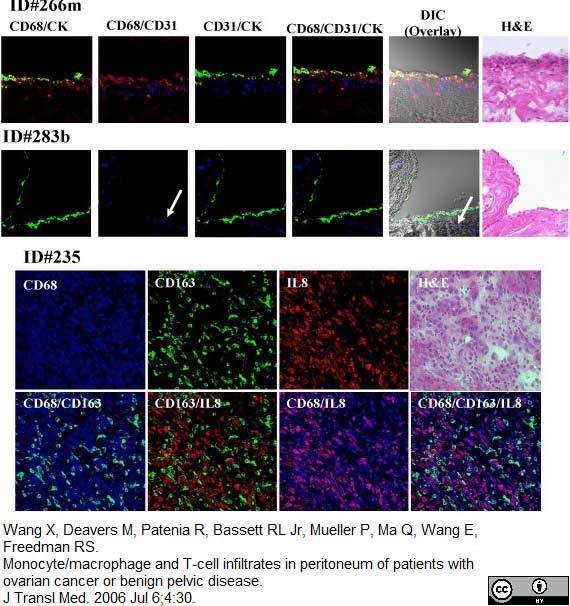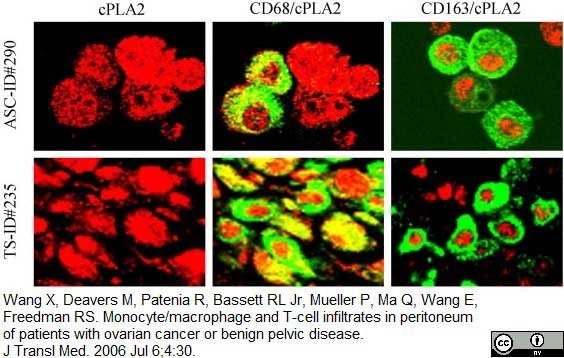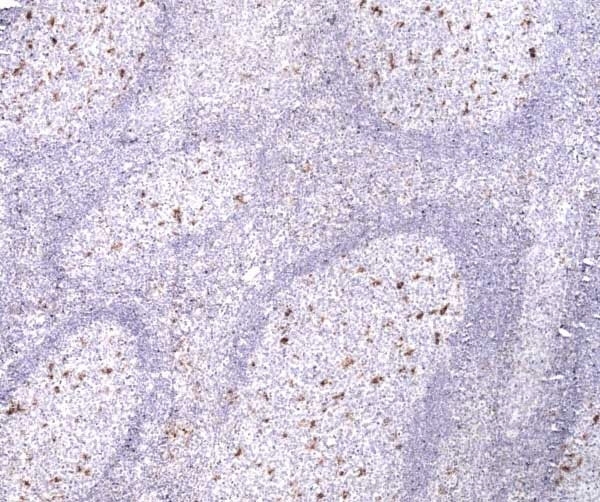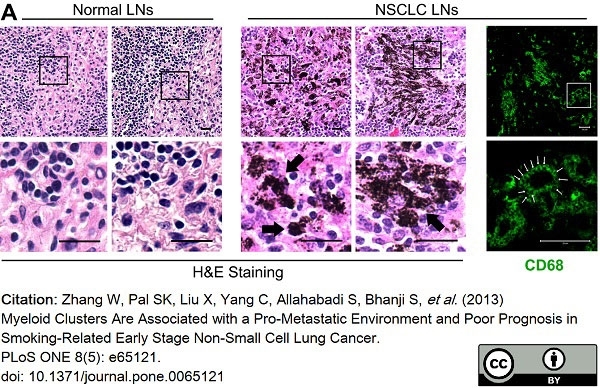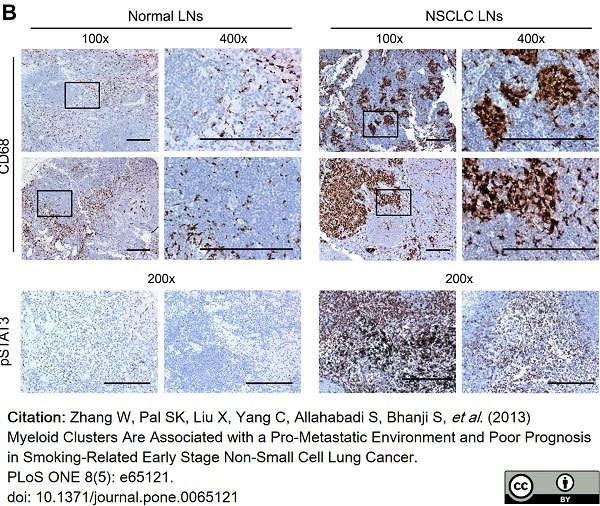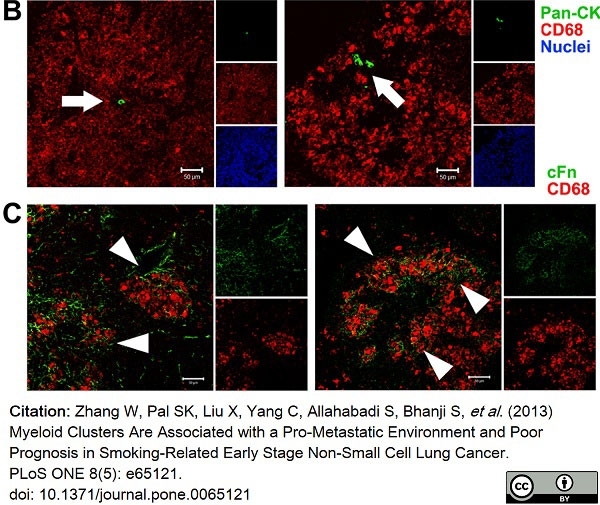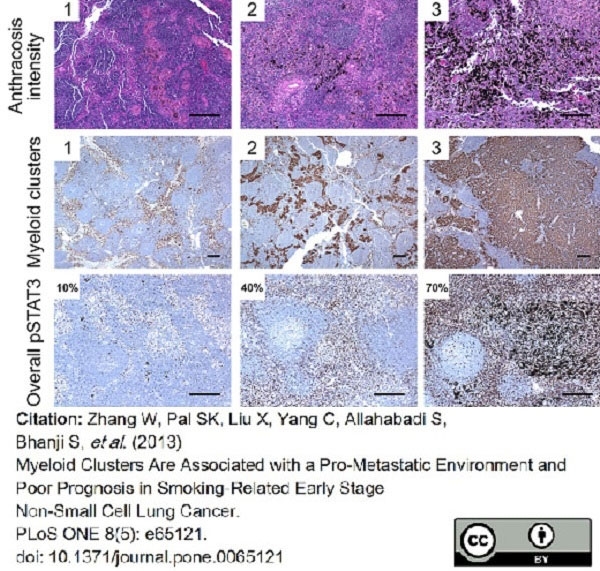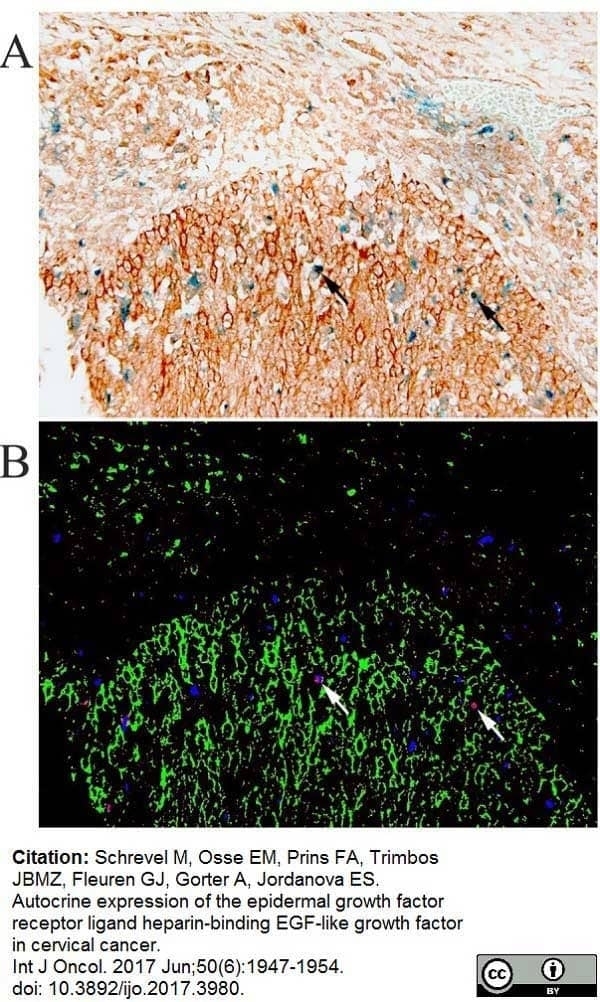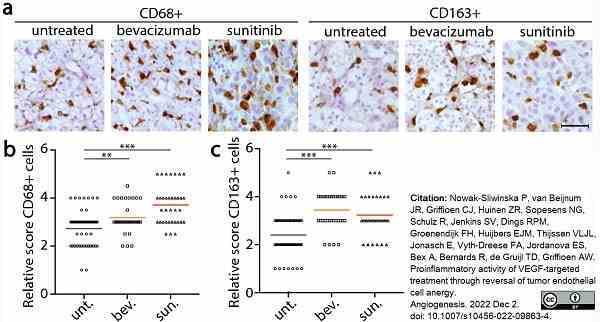CD68 antibody | 514H12









Mouse anti Human CD68
- Product Type
- Monoclonal Antibody
- Clone
- 514H12
- Isotype
- IgG2a
- Specificity
- CD68
| Mouse anti Human CD68 antibody, clone 514H12 recognizes the human CD68 cell surface antigen, a ~110 kDa glycoprotein primarily expressed by macrophages and monocytes. |
- Target Species
- Human
- Product Form
- Tissue culture supernatant - liquid
- Preservative Stabilisers
- MCA1815T: <0.1% sodium azide (NaN3)
- MCA1815: 0.09% sodium azide (NaN3)
- Immunogen
- Fusion protein corresponding to external domain of human CD68.
- Fusion Partners
- Spleen cells from immunized mice were fused with cells of the mouse p3-NS1-Ag4-1 myeloma cell line
- Regulatory
- For research purposes only
- Guarantee
- Guaranteed until date of expiry. Please see product label.
Avoid repeated freezing and thawing as this may denature the antibody. Storage in frost-free freezers is not recommended.
| Application Name | Verified | Min Dilution | Max Dilution |
|---|---|---|---|
| Immunofluorescence | |||
| Immunohistology - Frozen | |||
| Immunohistology - Paraffin 1 | 1/40 | 1/80 | |
| Western Blotting |
- 1This product requires antigen retrieval using heat treatment prior to staining of paraffin sections. Tris/EDTA buffer pH 9.0 is recommended for this purpose. N.B. The epitope recognised by clone 514H12 is sensitive to peroxide. It is therefore recommended that any peroxidase-blocking steps be performed after incubation with this antibody.
- Histology Positive Control Tissue
- Human tonsil
References for CD68 antibody
-
da Costa, C.E. et al. (2005) Presence of osteoclast-like multinucleated giant cells in the bone and nonostotic lesions of Langerhans cell histiocytosis.
J Exp Med. 201 (5): 687-93. -
Rodriguez-Agudo, D. et al. (2006) Localization of StarD5 cholesterol binding protein.
J Lipid Res. 47: 1168-75. -
Paulmyer-Lacroix, O. et al. (2006) Expression of adrenomedullin in adipose tissue of lean and obese women.
Eur J Endocrinol. 155: 177-85. -
Wang, X. et al. (2006) Monocyte/macrophage and T-cell infiltrates in peritoneum of patients with ovarian cancer or benign pelvic disease.
J Transl Med. 4: 30. -
Angel, C.E. et al. (2007) CD14+ antigen-presenting cells in human dermis are less mature than their CD1a+ counterparts.
Int Immunol. 19: 1271-9. -
Achard, V. et al. (2007) Renin receptor expression in human adipose tissue.
Am J Physiol Regul Integr Comp Physiol. 292: R274-82. -
Hever, A. et al. (2007) Human endometriosis is associated with plasma cells and overexpression of B lymphocyte stimulator.
Proc Natl Acad Sci U S A. 104: 12451-6. -
Silaghi, A. et al. (2007) Expression of adrenomedullin in human epicardial adipose tissue: role of coronary status.
Am J Physiol Endocrinol Metab. 293: E1443-50.
View The Latest Product References
-
Kaibara, N. et al. (2008) Comparative histopathological analysis between tenosynovitis and joint synovitis in rheumatoid arthritis.
Histopathology. 52: 856-64. -
Moskovszky, L. et al. (2009) Genomic instability in giant cell tumor of bone. A study of 52 cases using DNA ploidy, relocalization FISH, and array-CGH analysis.
Genes Chromosomes Cancer. 48: 468-79. -
Muthana, M. et al. (2011) Use of macrophages to target therapeutic adenovirus to human prostate tumors.
Cancer Res. 71 (5): 1805-15. -
de Vos van Steenwijk PJ et al. (2013) Tumor-infiltrating CD14-positive myeloid cells and CD8-positive T-cells prolong survival in patients with cervical carcinoma.
Int J Cancer. 133 (12): 2884-94. -
Zhang, W. et al. (2013) Myeloid clusters are associated with a pro-metastatic environment and poor prognosis in smoking-related early stage non-small cell lung cancer.
PLoS One. 8 (5): e65121. -
Toh, M.L. et al. (2014) Bone- and cartilage-protective effects of a monoclonal antibody against colony-stimulating factor 1 receptor in experimental arthritis.
Arthritis Rheumatol. 66 (11): 2989-3000. -
Schirmer, L. et al. (2014) Differential loss of KIR4.1 immunoreactivity in multiple sclerosis lesions.
Ann Neurol. 75 (6): 810-28. -
Bobosha, K. et al. (2014) T-cell regulation in lepromatous leprosy.
PLoS Negl Trop Dis. 8 (4): e2773. -
Quispel, W.T. et al. (2016) Tertiary lymphoid structures are confined to patients presenting with unifocal Langerhans Cell Histiocytosis.
Oncoimmunology. 5 (8): e1164364. -
Schrevel, M. et al. (2017) Autocrine expression of the epidermal growth factor receptor ligand heparin-binding EGF-like growth factor in cervical cancer.
Int J Oncol. 50 (6): 1947-54. -
van Poppel, P.C.M. et al. (2018) Inflammation in the subcutaneous adipose tissue does not attenuate endothelial function in subjects with diabetes mellitus and subjects with dyslipidaemia and hypertension: A cross-sectional study.
Endocrinol Diabetes Metab. 1 (3): e00020. -
Yuan, A. et al. (2020) Histologic analysis of medication-related osteonecrosis of the jaw compared with antiresorptive-exposed bone and other infectious, inflammatory, and necrotic jaw diseases.
Oral Surg Oral Med Oral Pathol Oral Radiol. 129 (2): 133-40. -
Durán, D. et al. (2020) Histological and Immunohistochemical Study of Wounds in Sheep Skin in Maggot Therapy by Using Protophormia terraenovae. (Diptera: Calliphoridae.) Larvae.
J Med Entomol. 57 (2): 369-76. -
Nowak-Sliwinska, P. et al. (2022) Proinflammatory activity of VEGF-targeted treatment through reversal of tumor endothelial cell anergy.
Angiogenesis. Dec 02 [Epub ahead of print]. -
Cossins, B.C. et al. (2023) Sex-specific association between adipose tissue inflammation and vascular and metabolic complications of obesity.
J Clin Endocrinol Metab. dgad193. -
Perga, S. et al. (2021) Overexpression of the ubiquitin-editing enzyme A20 in the brain lesions of Multiple Sclerosis patients: moving from systemic to central nervous system inflammation.
Brain Pathol. 31 (2): 283-96.
- Synonyms
- Macrosialin
- RRID
- AB_322866
- UniProt
- P34810
- Entrez Gene
- CD68
- GO Terms
- GO:0005886 plasma membrane
- GO:0016021 integral to membrane
- GO:0005624 membrane fraction
- GO:0005765 lysosomal membrane
- GO:0010008 endosome membrane
Please Note: All Products are "FOR RESEARCH PURPOSES ONLY"
View all Anti-Human ProductsAlways be the first to know.
When we launch new products and resources to help you achieve more in the lab.
Yes, sign me up